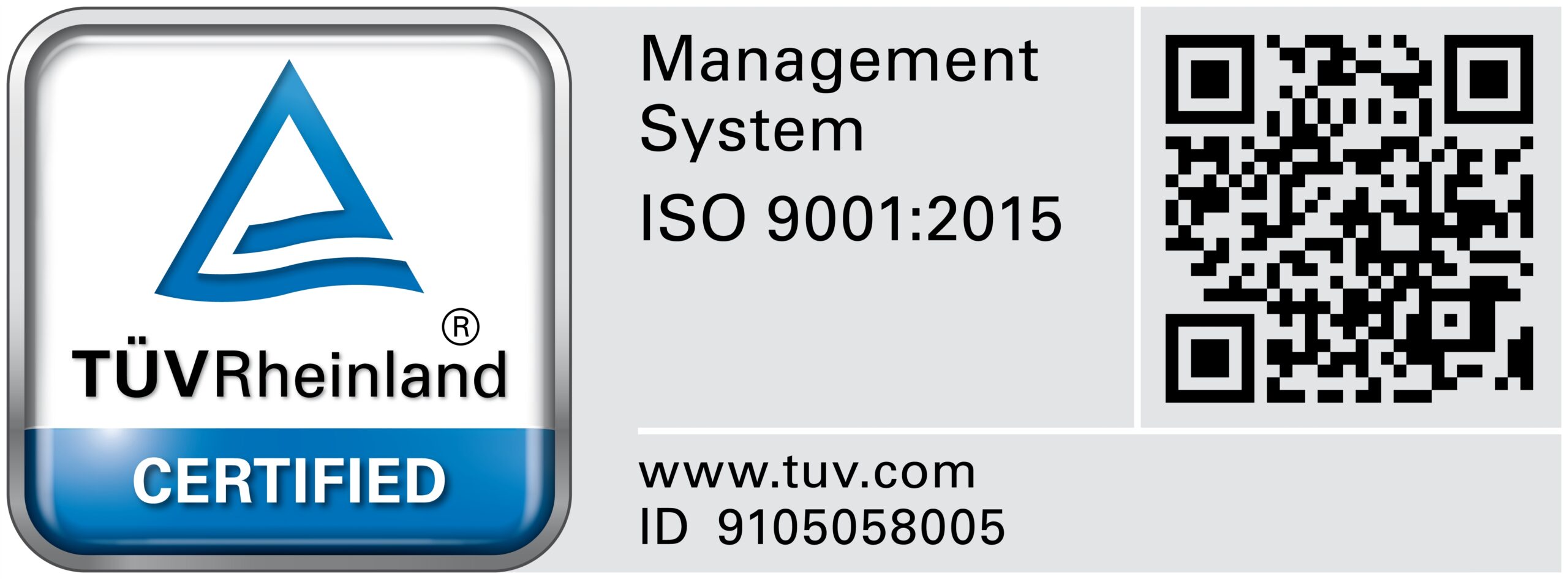The Office of Transportation Security (OTS) of the Department of Transportation and Communications (DOTC) recently revised its policy guidelines relative to prohibited items as they noted evolving levels of threats affecting transportation security in the international and domestic level.
Memorandum Order No. 2, or the Revised Prohibited Items List, was issued by OTS Administrator Roland Recomono and applies to flights originating from the Philippines to promote civil aviation security objectives.
The prohibited items were divided into seven categories covering guns, firearms and devices discharging projectiles; stunning devices; objects with sharp points and edges; workers’ tools; blunt instruments; explosives and incendiary substances and devices; and, liquids, aerosols and gels also known as LAGs.
Under Guns, Firearms and Other Devices That Discharge Projectiles, air guns, ammunition shells or bullets and other components, bolt guns, components for guns and firearms, compressed air guns, firearms, flare guns, harpoons, nail guns, pellet guns, pistols, firearm replicas and imitations, rifles, shotguns, spear guns and sports-related firearms cannot be brought in carry-on baggage or checked-in.
Although projectile-capable devices such as slingshots, bows and arrows, and crossbows cannot be carried in cabin baggage, these can be checked-in.
The memorandum states that all forms of firearms and guns must be endorsed to the appropriate Law Enforcement Officer, pursuant to Presidential Decree No. 1866.
Explosives and incendiary substances and devices such as blasting caps, detonators and fuses, grenades, dynamite, flares, plastic explosives, pyrotechnics including fireworks, mines and other explosive military stores, replicas of explosive devices, fuel such as gasoline, kerosene, petrol including cooking fuel and flammable liquid fuel and lighter fluid or refills, matches, disposable and disguised lighters are all prohibited.
Objects with sharp points such as axes and hatchets, bayonets, bolos, box cutters, balisongs, canned goods with easy-open lids, cleavers, cockfighting blades (tare), cork screws, disguised objects with sharp edges, diving knives, ice axes and picks, letter openers, scalpels, nippers, nail cutters with knives, pushers and nail files, razor blades, pocket comb weapons and folded knives, scissors, sabers, swords and knives cannot be brought aboard in carry-on baggage but can be checked in.
Of the stunning devices, tear gas is banned but acid sprays, insect or animal repellants, mace or pepper spray, and all kinds of stun guns can be checked-in.
Workers’ tools such as crowbars, drills and drill bits, extension cords, G.I. wire, hammers, nails, pliers, metal tape measures, saws, screwdrivers, all kinds of adhesive tape, and wrenches cannot be carried aboard but can be checked-in.
With the exception of crutches, walking sticks or walking aids, blunt instruments such as all kinds of metal chains, batons, billiard sticks, boat or kayak paddles, bowling or billiard balls, cane umbrellas, clubs, stick, bats or rods, cricket paddle, dumbbells, large fish hooks and fishing rods, whetstones, ice skates or skateboards, metal knuckles, lacrosse sticks, paintball equipment, scuba diving equipment, ski and hiking poles, tennis, badminton and tennis rackets, and large tripods are prohibited in the cabin and must be checked-in.
And lastly, liquids, aerosols and gels (LAGs) in individual containers with capacity not greater than 100 milliliters (ml), or the equivalent, and contained in one transparent, re-sealable plastic bag of a capacity not exceeding one liter shall be allowed in the cabin. However, only one transparent 20cm by 20cm re-sealable plastic bag shall be allowed for each passenger.
All types of LAGs labeled flammable, highly combustible and self-igniting by chemical reaction, corrosive and toxic is will not be allowed in the cabin or the cargo hold pursuant to Republic Act 6235.
Exempted from the restrictions on LAGs are medication, baby milk and food and special dietary requirements.
Also permitted to ensure the health and welfare of certain travelers are: baby formula or breast milk; prescribed and over-the-counter medication such as KY jelly, eye drops, and saline solutions; water, juice or liquid nutrition or gels for passengers with medical conditions or disabilities; life-support or sustaining liquids such bone marrow, blood and organs for transplant; medical or cosmetic augmentation products such as mastectomy products, prosthetic breasts, bras or shells containing gel, saline solution or other liquids; gels and frozen liquids needed for cooling medical-related items used by persons with disabilities or medical conditions.
However, the OTS advises that if the medically-necessary items exceed 100ml, these must be declared to OTS security personnel at the checkpoint for inspection.
In the case of medicine and medical equipment, OTS advises that essential medicines shall be carried in containers not more than 100ml and in the prescribed transparent re-sealable plastic bag. The proof of prescription or statement that the passenger needs the medicine from a doctor or medical professional should be carried along with the medicines.
Essential prescribed medicines including angina sprays, homeopathic medication, essential non-prescribed medicines, and children’s medicine that are more than 100ml and exceed the capacity of the re-sealable plastic bag must be referred to the airport medical officer where the proof of prescription or statement from a doctor or medical professional is needed.
Essential medical equipment, on the other hand, needs prior approval from the airline unless it can fit in the hand baggage while over-the-counter medicines may be exempted if these do not exceed 100ml and have been tested by the passenger.
Raymond Rendy O. Isip
Media Relations Officer
(63)917 707 5141
rendyisip@yahoo.com
www.clarkairport.com







